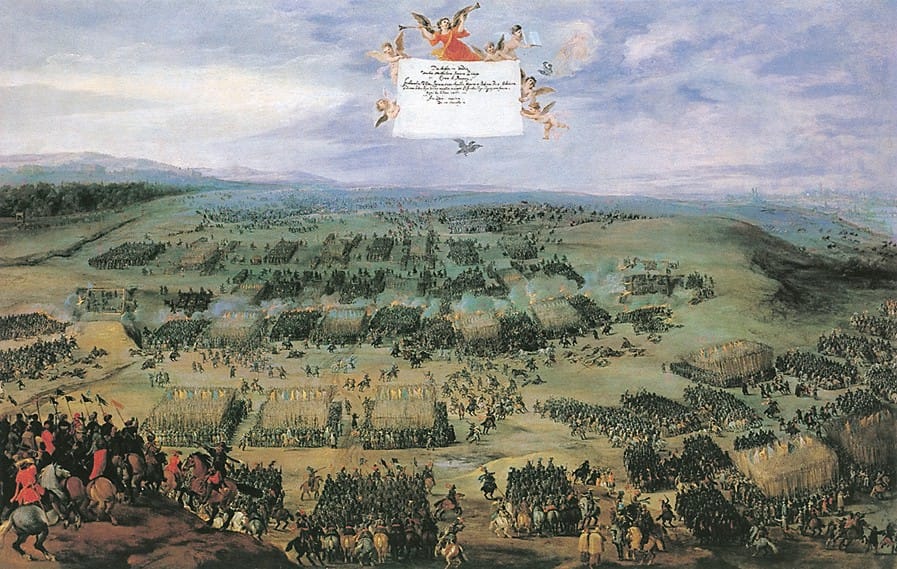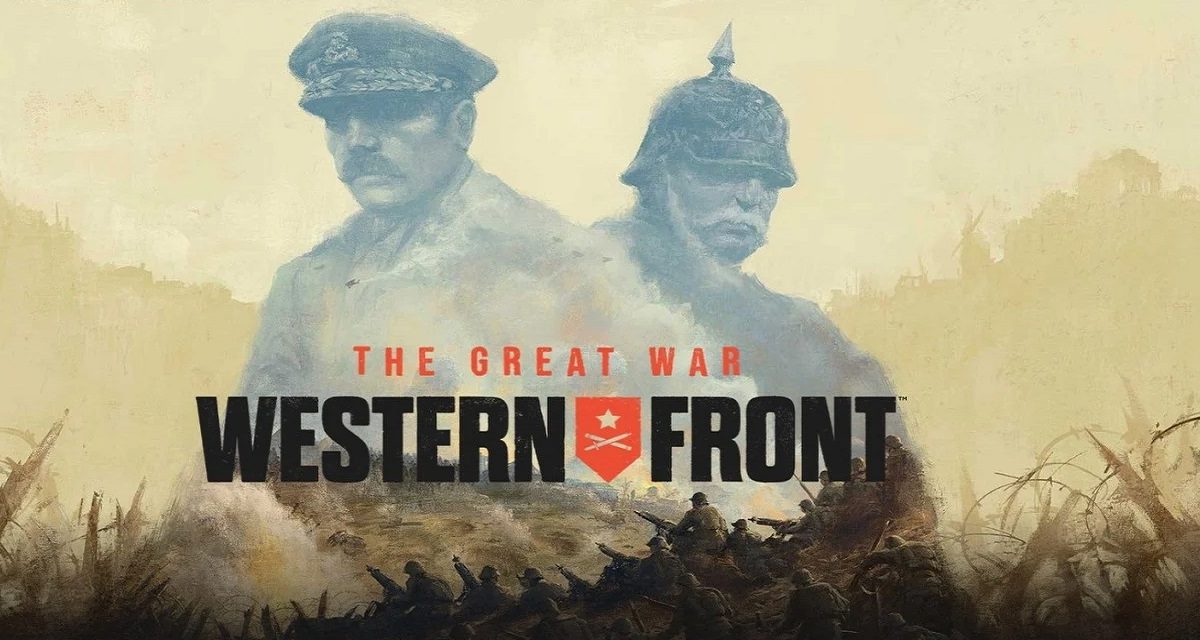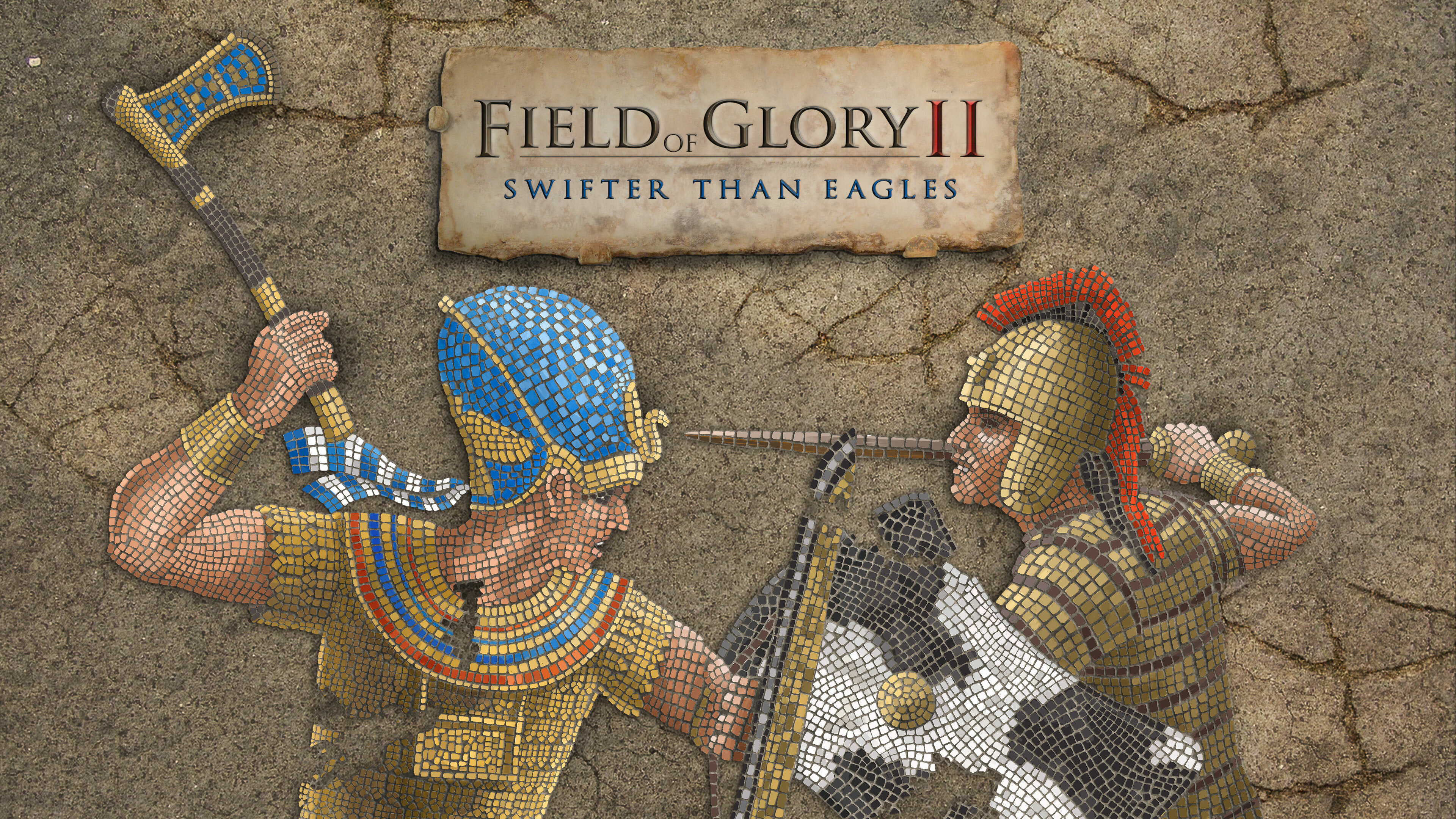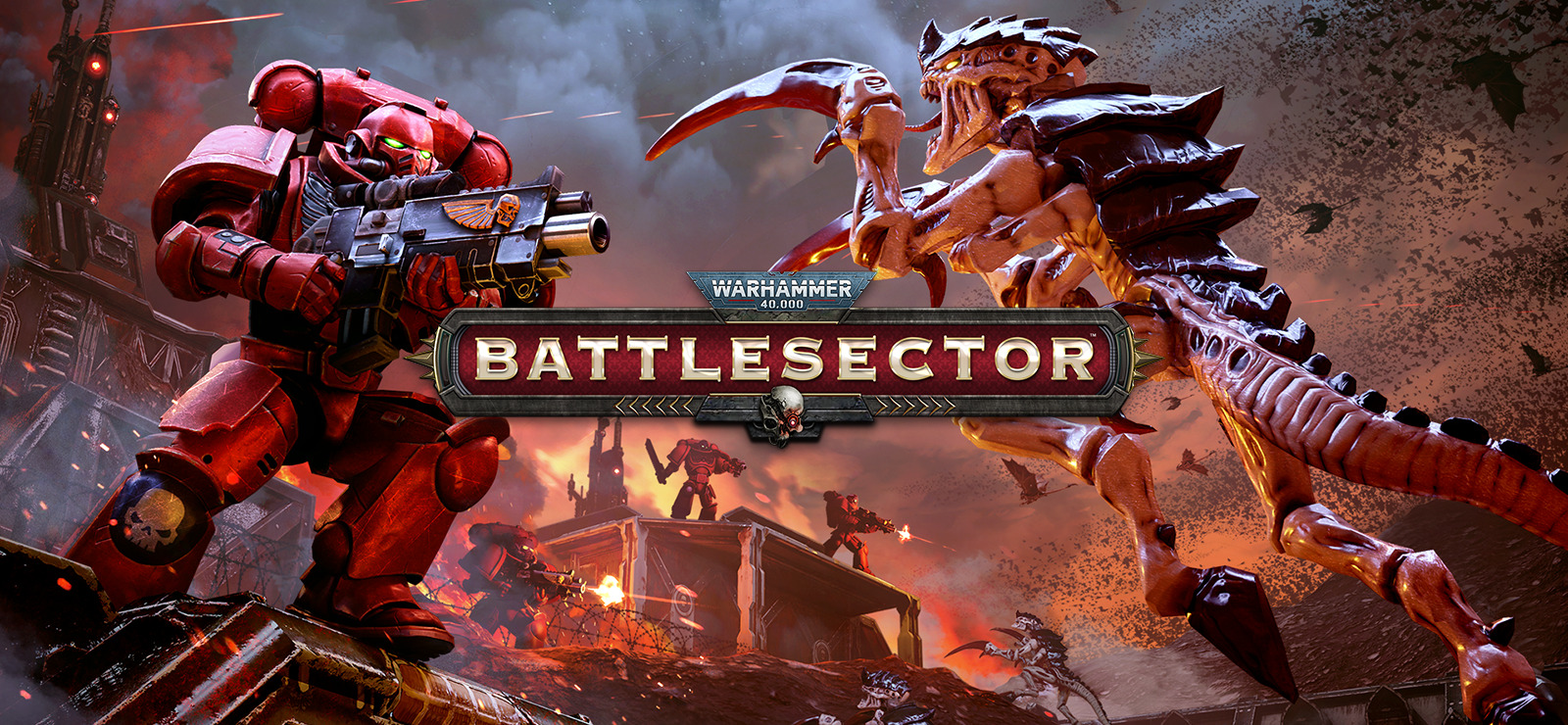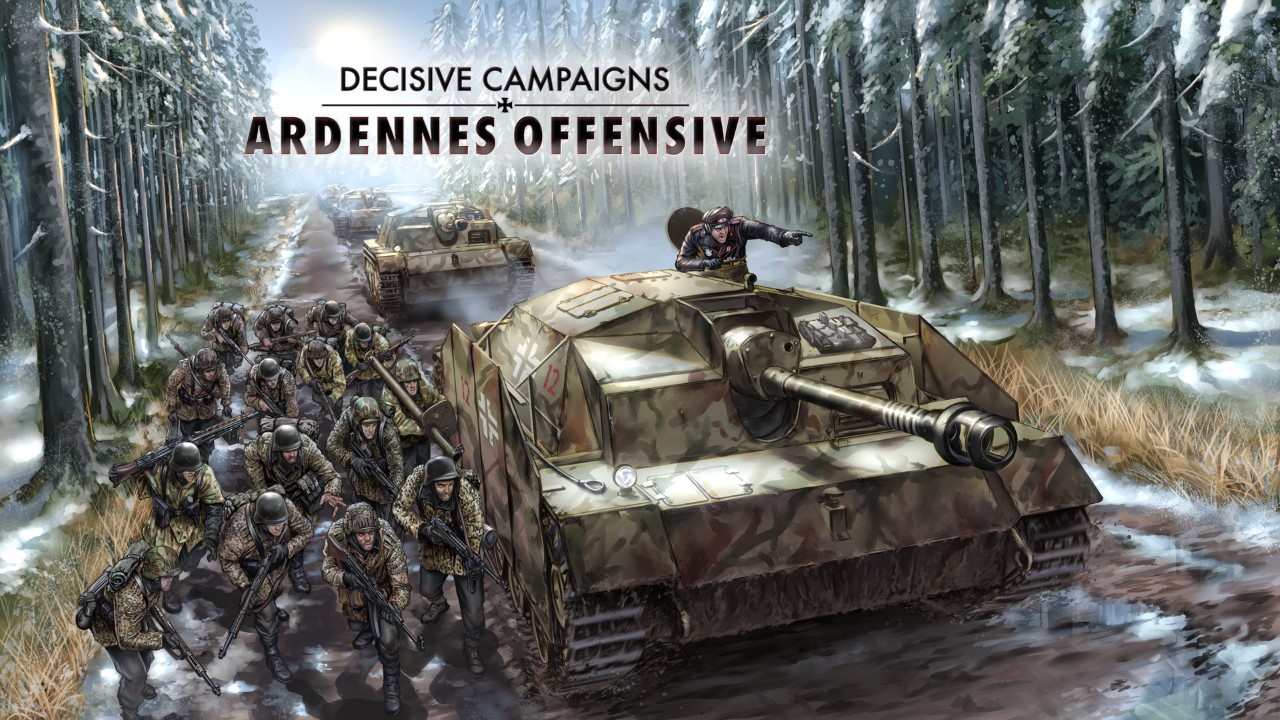Tag Archives: Analysis
GrogHeads Reviews Zones of Control: Perspectives on Wargaming
The new “big book of wargaming” goes under the GrogHeads microscope ~
Brant Guillory, 15 May 2016
Zones of Control is the book that wargaming has been waiting for. Seriously. And that’s a pretty grandiose statement, but the truth is, it’s a long-needed book from a hard-to-ignore-and-harder-to-impugn publisher that tries to comprehensively examine the breadth and depth of wargaming under one cover.  Where previous ‘seminal’ works of wargaming – Simulating War or The Art of Wargaming or The Complete Wargames Handbook – were concerned with specific facets of wargaming (academic explorations, professional uses, or hobbyists, for example), Zones of Control brings them all into one giant melting pot, and then sprinkles in the occasional dose of aesthetics, role-playing, and digital design.
Where previous ‘seminal’ works of wargaming – Simulating War or The Art of Wargaming or The Complete Wargames Handbook – were concerned with specific facets of wargaming (academic explorations, professional uses, or hobbyists, for example), Zones of Control brings them all into one giant melting pot, and then sprinkles in the occasional dose of aesthetics, role-playing, and digital design.
“Wargame”
Interestingly, Zones of Control is able to swing such a wide arc precisely by avoiding the overly-pedantic and never-solved argument about “what is a wargame?” It is conspicuously absent throughout the book, and there isn’t even a cursory attempt at it. Avoiding that discussion allows the editors a wide range of latitude to include discussions of Twilight Struggle, Tunnels & Trolls, and battlefield re-enactors. And truthfully, the book is much richer for it.
It is that very breadth that can make Zones of Control a challenge to review, however. To what are we comparing it? It’s scope alone puts the book in its own category among the wargaming literature. There’s no comparable volume in the pop music world, whose attempts at a broad-scope literary volume end up more an inventory of artists than an exploration of types of music. One might compare this book to something like a collected academic volume like the Communication Technology Update, but with technology and its markets moving as they do, that textbook is updated every 2 years. The collected essays of Zones of Control are almost “the greatest hits” of a year or two of erudite magazine articles from a flagship wargaming analysis journal, if such a thing ever existed. Spread over 5 years of quarterly issues, rather than collected into a consolidated volume, the essays of Zones of Control might have have become the catalyzing agent around which a comprehensive cross-domain association of wargaming might have coalesced – a worthy literary companion to the Connections wargaming conference. But to deconstruct the book and instead attempt to feature the writers over the span of several years would have cost the critical momentum needed to even publish the book at all. Instead, we’re forced to hope that someone picks up the baton and starts a recurring publication as a companion to this volume. But that’s putting the cart at least a mile or two before the horse that Kirschenbaum & Harrigan have saddled for us.
Looking Back and Looking Ahead – the Game Industry Weighs in on 2013 and 2014
We cast our inquiries far and wide in search of opinions about 2013 and 2014. Respondents were asked two questions:
1. What was the highlight of the past year in gaming for you?
2. What do you think will be the biggest news in gaming in 2014?
We put no other constraints on them for subject matter, self-promotion, or response length. As you can imagine, we got a wide array of responses.
Mark H Walker, Designer, Lock’n’Load Publishing
2013 – Seeing the explosion of new titles on Kickstarter. Probably the best non-LNLP game that I played was Band of Brothers, but Legendary and Sentinels of the Multiverse were a close second.
2014 – Big deal of next year will be Golem Arcana. It looks to seamlessly meld board and digital. That and the importance of Kindle Direct Publishing as Indy authors continue to erode the market share of the traditional publishers.
Tim Van der Moer, CEO, The Lordz Games Studio
2013 – For me number one has been getting the Panzer Corps series out on iPad. On big games, I really enjoyed GTA V and Assassins Creed Black Flag.
2014 – Warhammer 40,000: Armageddon cross platform will be our big highlight for sure. On traditional videogames, I am really curious to see how the Xbox One will evolve into a cross media entertainment system.
Matthew B. Caffrey Jr, Command Lead, AF Future Capabilities Game
2013 – The first Connections UK. Run in the UK by British wargames Connections UK extends Connections mission to advance and sustain the Art, science and application of wargaming to the UK and Europe. As it is less costly in time and money for Europeans to get to the UK 75 individuals from about a dozen countries participated at Kings College London.
2014 – If it is pulled off, the first Connections Australia.
Brian Train, Game Designer
2013 – My personal highlight in gaming was seeing A Distant Plain roll out. In less than 18 months, Volko Ruhnke and I went from “hey, we should do this” to a beautifully produced, challenging wargame on a very contemporary subject.
2014 – I think the next Big News thing will be wargames produced for tablets (iPads and so forth). No idea how many will actually be produced, or if they will be any good, but people will be talking about them. I won’t be programming any of them, but at least for now they will be ports of manual (board) games, so there’s opportunity there for all of us.
The Year in Review: Our Take
So what did our team see as the most significant developments of the past year?
GrogHeads Management, 28 December 2013
Lloyd Sabin
Sid Meier’s Ace Patrol opened up some great turn-based, aviation-centered gaming to a huge audience. With one game covering World War I and one covering World War II’s Pacific War, with a cost as low as 80 cents on some days, it’s cross-platform compatibility is bringing high quality tactical aviation gaming to a much wider audience than ever before. Let’s hope that Sid Meier continues down this path and brings historical and military themes to gamers with future releases in the same vein.
Craig Handler
In a digital landscape littered with high-priced, fund building early access titles, ARMA III was released in an alpha state, but at an affordable price and in extremely polished shape. Thus proving that games with significant future development to go can be enjoyable early on in the production cycle.
While not necessarily revolutionary, Bohemia Interactive’s newest title in the series is beyond question evolutionary in every sense of the word, building upon everything that had been accomplished earlier in the series. ARMA III incorporates all that was good in ARMA I and ARMA II, and improves upon it, largely by incorporating feedback from its large fan base and community of supporters. The mechanics behind ARMA III finally feel “right”. Movement is fluid and the player is afforded an unprecedented level of flexibility and freedom of movement in a first-person shooter.
Some have criticized ARMA III for its near-future setting, but it still manages to feel authentic, particularly when compared to the crowded market of modern combat gaming which includes titles such as Battlefield 4 and Call of Duty: Ghosts. ARMA III still has some way to go before its is finished, but all the tools are there to make it into the greatest combat oriented first-person shooter of all time. It is beyond doubt one of the most exciting releases of 2013 and with Bohemia Interactive’s proven record of post-release add-on and DLC support, together with an already established cadre of creative mod makers, we will be talking about and playing this one for years to come.
Jim Zabek
2013 saw the return of classical wargaming on the PC. One game brought two major assets to the wargaming community which have ensured that the industry is not only alive and well, but thriving.
Flashpoint Campaigns: Red Storm crashed through the Fulda Gap to bring us hexagons and cardboard silhouette shaped units. None of these were particularly innovative, but was new was the solid production quality (varied sounds and eye-soothing graphics – though a few minor bugs still need to be worked out) combined with an incredibly addictive game style to make a wargame that is simply great. This addictive (and elusive) formula ensures that Red Storm is likely to be remembered for a long time as one of the best games of the year, and maybe the best in several years.
The second asset Red Storm brought to the table first requres a disclosure from me: I was involved with the developers in discussing how to implement an OODA loop. However, at the time I didn’t think my conversation was particularly significant. However, it seems to have inspired the developers to do that hard work of designing and implementing an asymmetric turn-based game system that does a fine job of modeling the deterioration of the command structure during wartime. This aspect, which I insist I had only a minor role in, turns out to be a real, significant development.
Between the addictive gameplay and asymmetrical turn-based gaming, On Target Simulations has delivered a simulation that effortlessly implements the elusive C3I aspect that many wargames either lack, or implement with some effort. Even if you’re not a fan of modern era wargames, you should give Red Storm’s demo a try. It’s an amazing game, and definitely the most significant development in the industry this year.
Brant Guillory
While hardcore grogs will (deservedly) turn their noses up as their cartoonish nature, the always-on interconnectedness of net-enabled phones and tablets have spawned a new generation of military-themed games and gamers. The massive rise of mobile-interface MMOGs have put ‘wargames’ into the pockets of millions of people, with Great Little War Game, World War, Little Commander, Modern War – World Domination, and the European War series all boasting hundreds of thousands of users. While these are not historically-accurate wargames in any sense, they are nonetheless putting tactical combat challenges in the hands of a huge number of players who enjoy battling with their friends. How many of these gamers might ‘graduate’ from the MMO-frenzy of unrealistic online play into a more historically-nuanced and accurately-modeled world of grognard-quality wargames? Not only is it hard to tell, it’s going to be hard to do if the grog world continues to turn their noses up at these cartoon shoot-em-ups instead of engaging them and looking for players that would be interested in moving to the tabletop, or to the world of deep grog-level games like those from Battlefront, Paradox, and Matrix.

